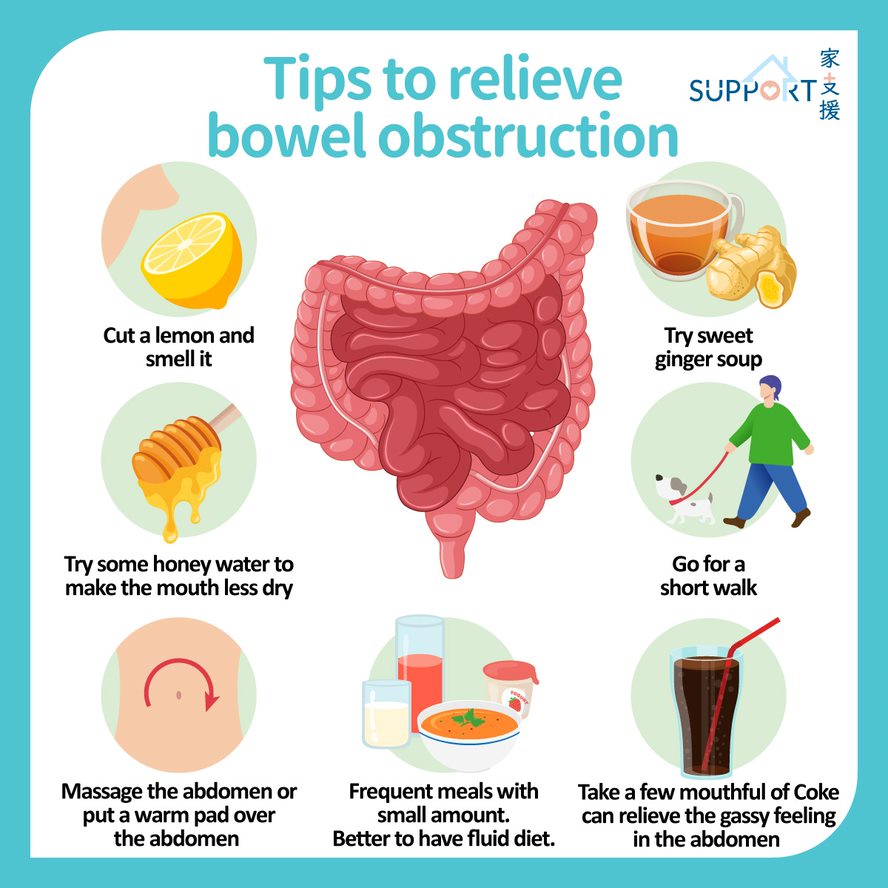The digestive tract or GI tract is made up of the oesophagus, stomach, small intestine, and large intestine. It is part of the digestive system.
The small intestine digests nutritions from food and liquids, and absorbs them into the blood vessels. These nutritions include proteins, fats, and carbohydrates. Remaining food that cannot be digested moves from the small intestine to the large intestine. The colon absorbs water from the waste and stores waste until the next bowel movement, which discharges the waste as stool from the body.
An intestinal obstruction is when a blockage stops food and liquids from moving through the digestive tract. It is also called a bowel obstruction, blocked intestine, or a gastrointestinal (GI) obstruction.
A complete obstruction is a medical emergency and may require surgery, while a partial obstruction should also be taken seriously and needs to be treated right away. It is important to seek medical advice as soon as possible if any of the symptoms of bowel obstruction appear.



